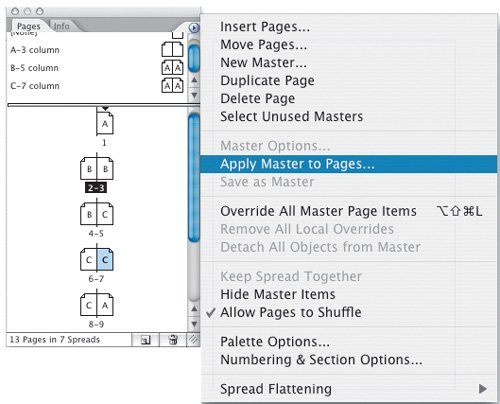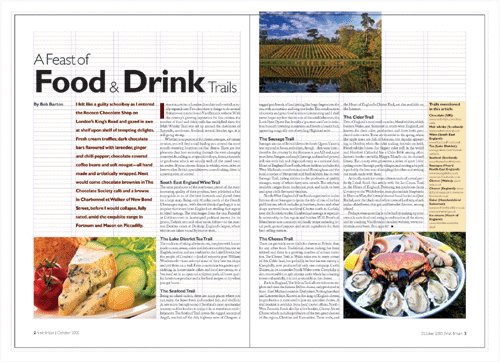It is common to have more than one column grid. Some pages can be based on a five-column grid, others on a four-, and others on a three- column grid, etc. When working with multipage documents, it is most efficient to establish grids on Master Pages. There's no limitother than common senseto the number of Master Pages in your document. It's possible, though rarely necessary, to have more than one baseline grid per document because InDesign allows for individual text frames to have their own baseline grid (see below). Grids should be flexible. Grids based on a fixed number of columns can suffer from too much symmetry if text and graphics are confined to those columns throughout. Using a 12-column grid is an easy way to introduce variety into your layouts, because you can vary between 3 and 4, 12 being divisible by both. Another common approach is the five-column grid, which allows for two text frames each filling two column widths. The remaining column can be used for white space, photos, captions, and other material. You can mix things up by changing the position of this "floating" column.

[View full size image] 
[View full size image] 
|











